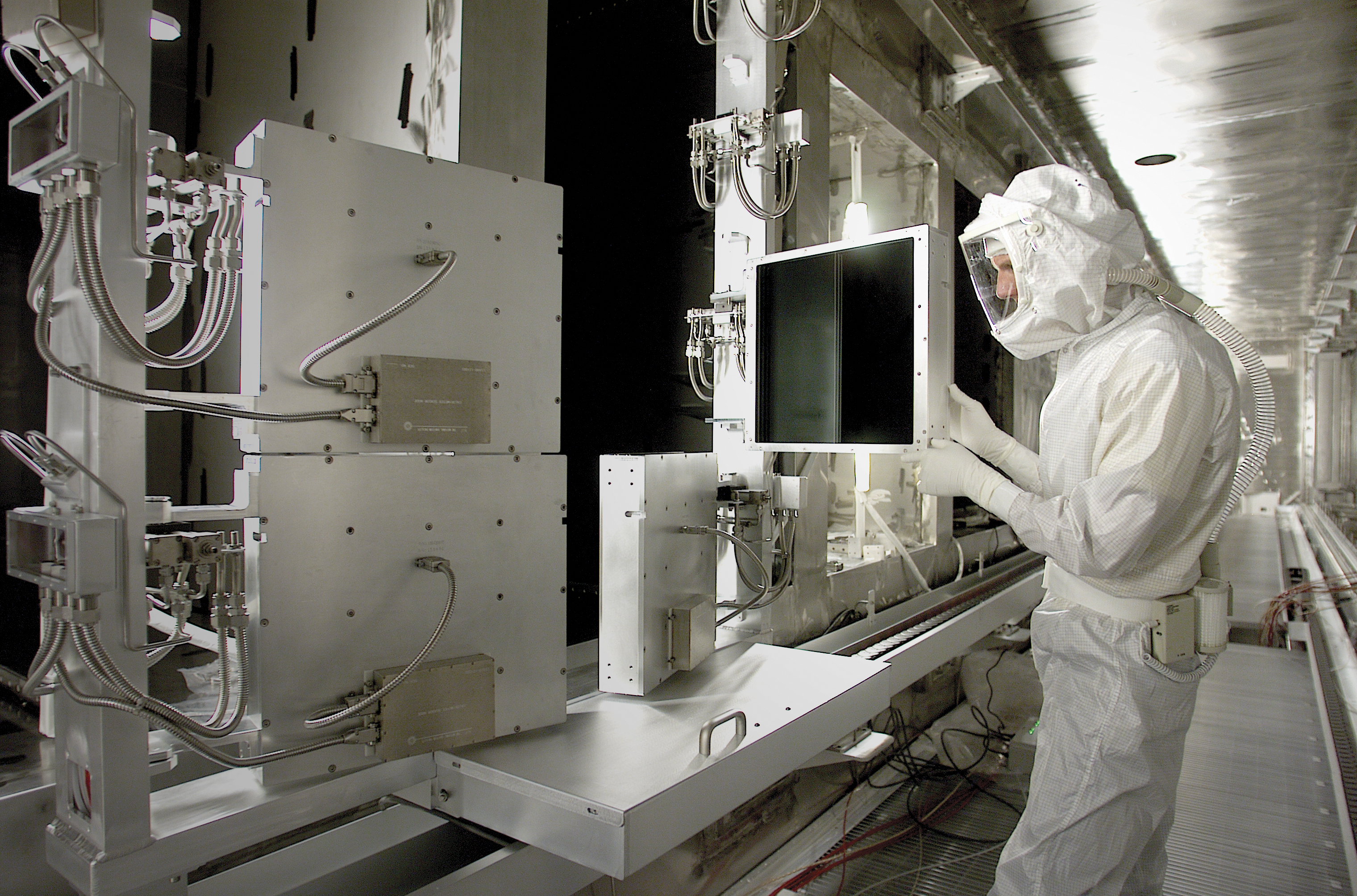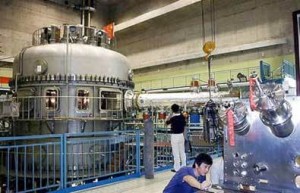
Fusion Needed for Long-Term Energy Security
Today, Justin Gillis of The New York Times kicked off a monthly column on climate change by exploring the critical need for long-term energy solutions to climate change.
Gillis asserts that the global energy challenge is daunting, one that many are calling “the defining challenge of the 21st century.” Rising global demand puts pressure on energy supplies and contributes to rising greenhouse gas emissions; price volatility wreak havoc on the global economy; the effects of climate change pose serious security threats; and competition over resources contributes to global instability.
He writes that current renewable energy technologies are essential, but may not be enough to avoid the worst effects of climate change. Companies and governments need to roll out renewable energy as rapidly as possible, but also invest in next-generation technologies that may provide breakthroughs over the long-term.
Several private companies and entrepreneurs are doing just that. Bill Gates has poured money into Terrapower, which hopes to build a traveling wave reactor (TWR). This next-generation nuclear fission technology would be able to operate for decades without refueling. Even better, it uses nuclear waste as its fuel, helping to solve two problems at once.
China is not waiting either. It is investing heavily in Thorium power, an approach to nuclear fission that provides enhanced safety over current technologies. China is also investing in fusion power, and it operates an experimental superconducting tokamak called EAST.
Lockheed Martin, on the other hand, is hoping to build small fusion reactors. The company’s Skunk Works team hopes to build a prototype 100-megawatt fusion power plant by 2017, with a fully operational plant online within ten years.
Fusion has great potential as an energy source. By splitting two hydrogen atoms, enormous amounts of energy can be released. ASP believes that fusion must be part of the solution to America’s long-term energy challenges. It produces clean, safe, secure and abundant energy.
Tomorrow, ASP will be publishing a major White Paper on how the U.S. can accelerate fusion development. The report will be launched at an event on Capitol Hill featuring Vice Admiral Lee Gunn, USN (Ret.); Dr. Stewart Prager, Director of the Princeton Plasma Physics Laboratory (PPPL); CEO of the American Security Project, BGen Stephen Cheney, USMC (Ret.); and Andrew Holland, Senior Fellow for Energy and Climate at ASP.
The report will make the case that America needs to make a national commitment to fusion power. Providing adequate funding in both the near and long-term can lead to demonstration-levels of fusion power within a decade. This will set the stage for commercialization thereafter, providing clean power for the next century.







[…] Fusion Needed For Long Term Energy Security […]